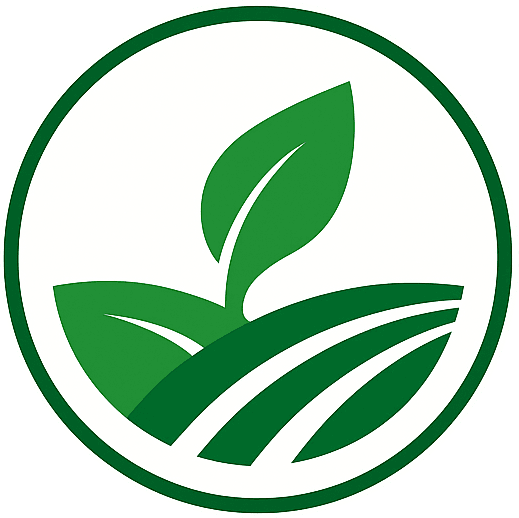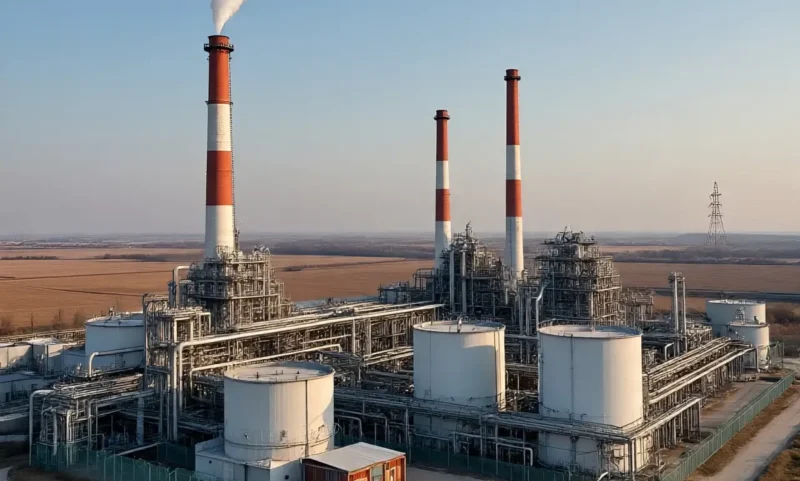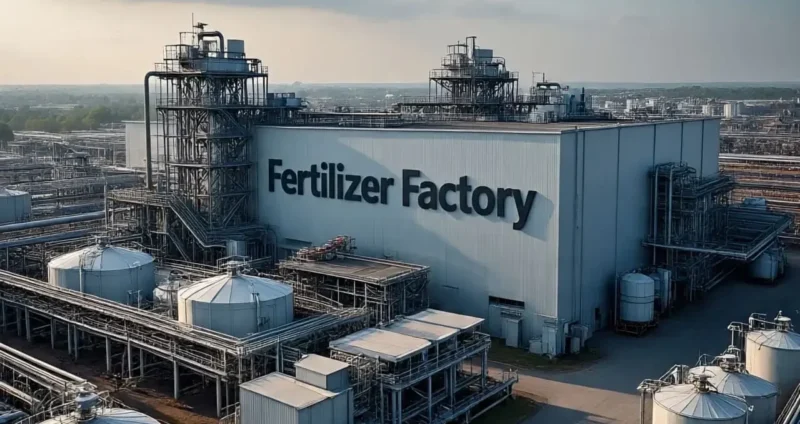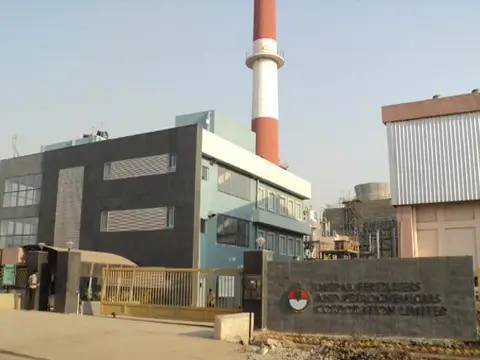New Delhi, November 2025:The latest ICRA Fertilizer Industry Report Q3 2025 projects a stable outlook for India’s fertilizer sector in FY 2026, supported by higher nutrient-based subsidy (NBS) rates for phosphate and sulphur. However, DAP imports will continue to be loss-making due to elevated international prices and inadequate subsidy coverage.
According to the report, the Government of India has raised the NBS subsidy on phosphorus from ₹43,600 to ₹47,960 per tonne and on sulphur from ₹2,610 to ₹2,870 per tonne for the rabi season of FY 2026. These revisions should help maintain healthy margins for NPK manufacturers even as raw-material prices stay high.
ICRA expects profitability for complex-fertiliser producers to remain steady, while DAP manufacturers dependent on imported phosphoric acid may continue to face losses. Integrated players with captive phosphoric-acid facilities could still earn modest margins of around ₹2,000 per tonne.
Despite a special package of ₹3,500 per tonne for DAP and compensation for landed costs above $559 per tonne, imports remain unviable as international prices hover near $780 CFR. Inventory levels for DAP have stayed low, prompting many farmers to shift to alternative grades such as NP 20 and TSP.
For MOP (muriate of potash), profitability has moderated following a rise in contracted import prices to $349 CFR, with no change in subsidy levels. This could lead to slightly higher retail prices in the ongoing rabi season.
ICRA pegs the P&K subsidy requirement for FY 2026 at ₹0.75 trillion, versus a budget allocation of ₹0.49 trillion, indicating a shortfall that will likely need extra government funding. Subsidy disbursement has so far been timely, with about 64 percent of the total allocation released by September 2025.
The ICRA Fertilizer Industry Report Q3 2025 forecasts overall sales volumes to grow 1–3 percent year-on-year in FY 2026. Urea availability has moderated due to temporary shutdowns but should improve as Chinese export restrictions ease.
“The outlook for FY 2026 remains stable. Enhanced subsidy rates and timely fund releases are expected to support working-capital cycles and profitability across the NPK segment,” ICRA noted.





